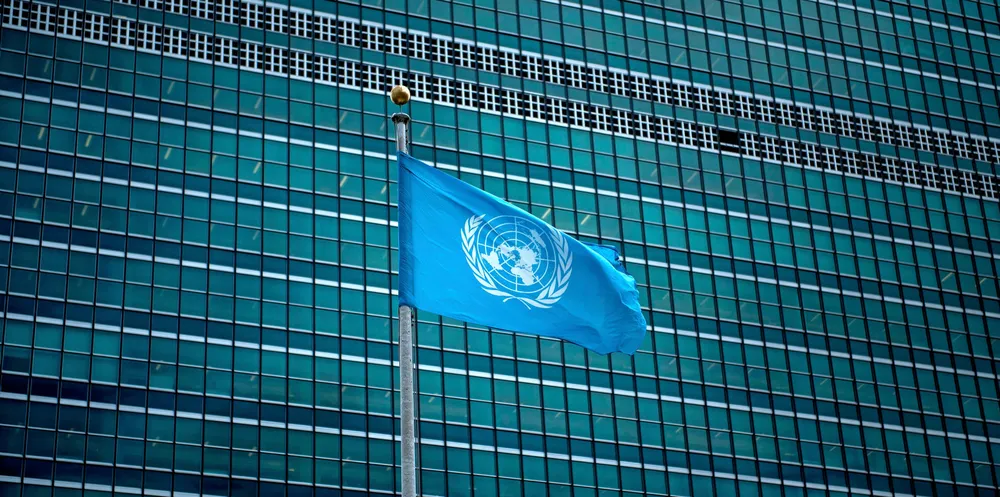World faces looming 'offshore wind gap' on path to vital 2 terawatts, UN warned
High-level energy talks warned current policies 'fall far short' of installing 380GW needed by 2030

Governments must act now to plug a 110GW “offshore wind gap” looming by 2030 on the path to the 2 terawatts needed by mid-decade to hit key climate goals, the UN’s high-level dialogue on energy has been warned.
A so-called energy compact – a multi-party commitment from key players in various sectors – calling for 380GW of offshore wind by 2030 has been backed by the International Energy Agency (Irena) at the talks currently underway in New York.
The compacts form part of the UN’s drive to meet sustainable development goals (SDGs), net zero goals and the aims of the Paris Agreement on climate change, ahead of the COP26 climate summit in November.
The co-signatories said given the 110GW gap, “urgent actions to raise national/regional offshore wind ambitions and improve the policy and investment environment for offshore wind in this decade.
“Given the project development and construction timelines for offshore wind, these interventions are urgently needed in the first few years of this decade.”
They add: “Current government targets… and policy ambitions fall far short of what will be required for offshore wind to scale up and fulfill its role as a protagonist of the global energy transition.
“Greater collaboration across stakeholders, knowledge-sharing, capacity-building and technical assistance will be required to enable this volume of offshore wind growth, in addition to targeted financing and investment in grid and infrastructure buildout.”
Irena director-general Francesco La Camera said: “We know that projects alone will not deliver transformation. Irena is therefore forming strong multi-stakeholder alliances with governments and private sector to accelerate action on energy transition.”
(Copyright)<b>Focus your mind: get the insight you need with the Recharge Agenda</b>
The global energy transition is gathering momentum – and the accompanying news-stream becoming an information deluge. Separate the green giants from the greenwash and the hard facts from the click-bait headlines with Recharge Agenda, our curation of the market-making events of the week, distilled down into one quick-read newsletter. Sign up here for free